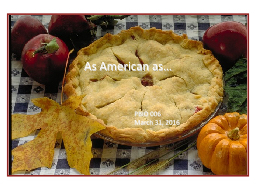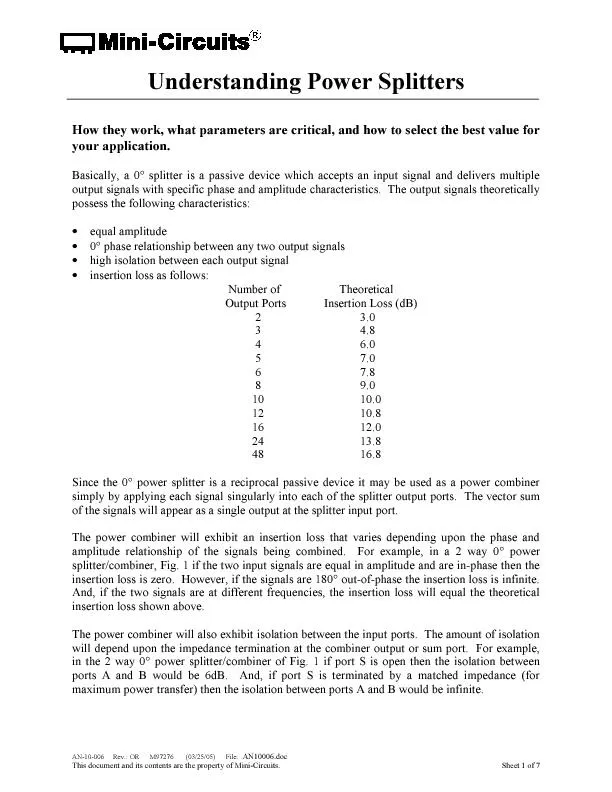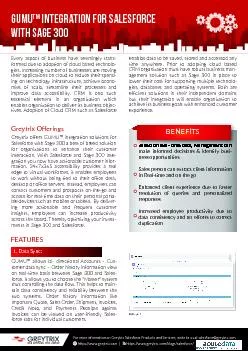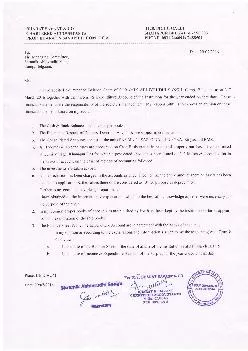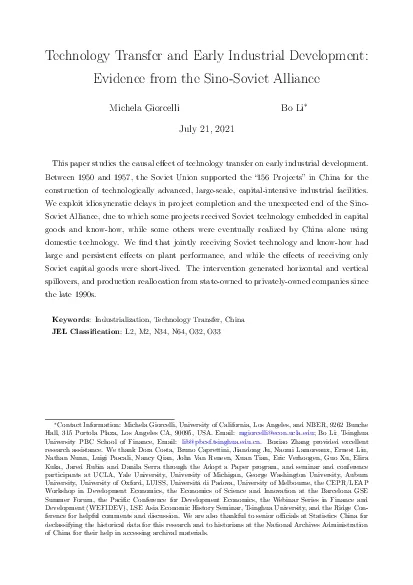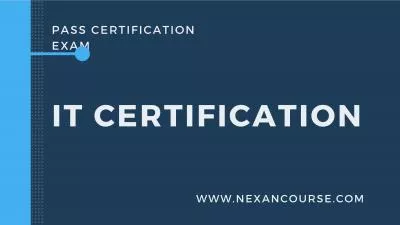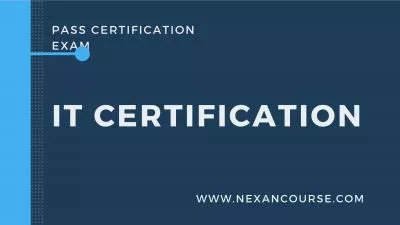PPT-As American as… PBIO 006
Author : eliza | Published Date : 2023-07-08
March 31 2016 John Chapman 17741845 John Chapman Johnny Appleseed and the Americanization of apples Adam and Eve Albrecht Durer 1507 History s most famous apple
Presentation Embed Code
Download Presentation
Download Presentation The PPT/PDF document "As American as… PBIO 006" is the property of its rightful owner. Permission is granted to download and print the materials on this website for personal, non-commercial use only, and to display it on your personal computer provided you do not modify the materials and that you retain all copyright notices contained in the materials. By downloading content from our website, you accept the terms of this agreement.
As American as… PBIO 006: Transcript
Download Rules Of Document
"As American as… PBIO 006"The content belongs to its owner. You may download and print it for personal use, without modification, and keep all copyright notices. By downloading, you agree to these terms.
Related Documents

